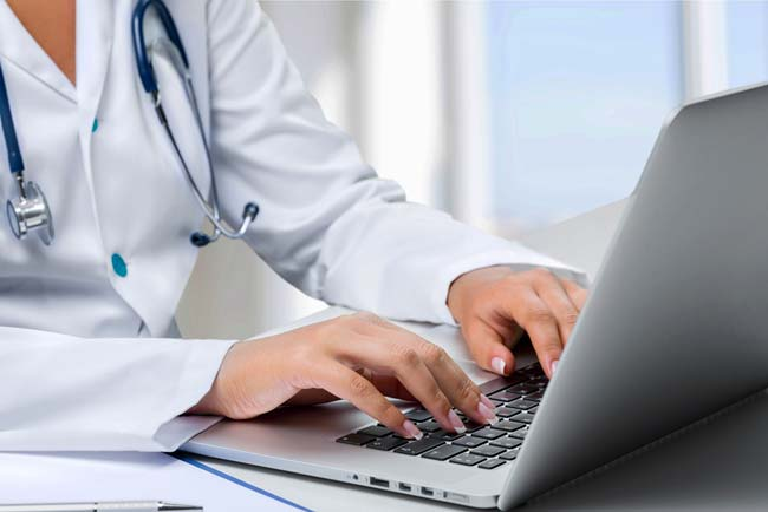6 Ways To Improve Your Healthcare Record-keeping Efficiency
Healthcare involves much more paperwork than you might expect. Patient records, budget documentation, information about various treatment plans and medications and more all factor into a hospital’s records. It can be difficult for staff to keep up with the influx of records and documentation. Here are six ways to improve your healthcare record-keeping efficiency.
1. Document Management Programs
Medical records management can be greatly improved by utilizing a document management program. These software solutions work much like most other management systems, such as customer relationship management or enterprise resource planning software. Management software allows you to connect all of your documents to one streamlined and navigable platform. Employees can access, modify and discuss documents much more easily and quickly through a document management program than they can when the records they need are siloed or stored physically.
2. Effective Delegating
Keep in mind that not every tool for efficiency is technological in nature. There are plenty of things you can do to improve workflows manually. One of these strategies is ensuring staff members can delegate effectively. For example, if a doctor is busier than usual, then make sure he or she knows what documentation can be handed off to a nurse or administrative assistant for processing and which documentation must be processed by the doctor. While the doctor must be the one to prescribe medication, scheduling and discharging a patient can be done by administrative staff.
3. Staff Cross-training
Make sure you train your staff to properly navigate systems such as document management programs before you transfer your data onto those systems. If staff aren’t familiar with such programs, workflows will likely slow down immensely rather than become streamlined and efficient. Additionally, you should train staff members to be flexible. Administrative staff may have days where they only need to handle patient intake and discharge, but there will also be days where the office is quite busy and all hands are needed on deck to process records and documentation.
4. Real-time Documentation
One of the most effective methods of improving efficiency and streamlining workflows is enforcing real-time documentation. This means that, when possible, all staff members must process records in their care while caring for their patients or immediately after the patient leaves. This ensures that records are filed in a timely manner and with as much of the relevant information included as possible. While no healthcare provider should be expected to focus on documentation when his or her schedule is full, keeping up with documentation can help prevent providers from becoming overwhelmed or falling behind.
5. Electronic Health Records (EHR)
EHRs are patient-specific records that are stored in electronic hardware or online. An EHR increases the efficiency of record-keeping by allowing a healthcare provider and his or her patient to access the patient’s medical records anytime, anywhere. The healthcare provider can quickly search for patient information on a computer rather than sifting through physical documentation. The patient can access information he or she needs on diagnoses, prescriptions, referrals and test results. An EHR ensures that a patient’s information is well-organized and able to be accessed when the doctor or the patient needs it.
6. Artificial Intelligence (AI)
AI and machine learning algorithms are useful tools for record-keeping, particularly the more repetitive aspects of it, such as data entry. These programs can be taught to enter data on forms, transfer documentation and information from one folder to another and even perform basic data analytics. The biggest advantage of AI programs is that they can vastly improve the efficiency, speed and accuracy of your record-keeping while freeing up employees from performing repetitive tasks. This is a particularly useful feature for hospital record-keeping, due to the busy schedules of many hospital staff members. AI can be used in clinical documentation to extract important patient information from notes. It can also be used to support physicians researching symptoms and diagnosing patients.
Technology can be a great boon to efficient and streamlined record-keeping. If you decide to implement it, be sure to incorporate training for employees who will be using it so they can access and process documentation effectively.


























